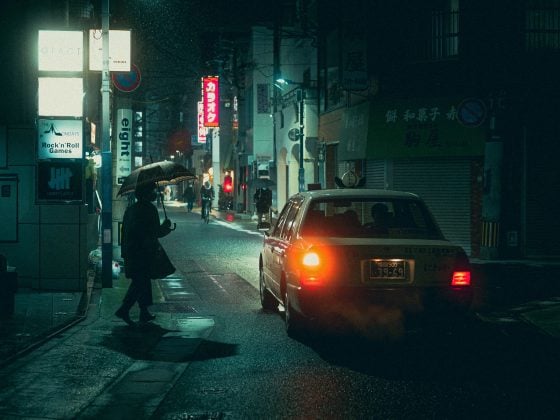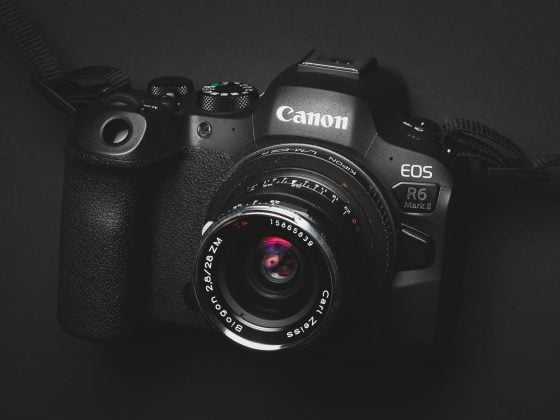The NIKKOR Z 28mm f2.8 from Nikon is a compact and versatile wide-angle prime lens that offers a broad field of view suitable for various subjects, including architecture, landscapes, and street photography. The f2.8 aperture strikes a nice balance between allowing you to work in available light while still having some control over the depth of field, while its sleek and portable design makes it easy to carry with you.
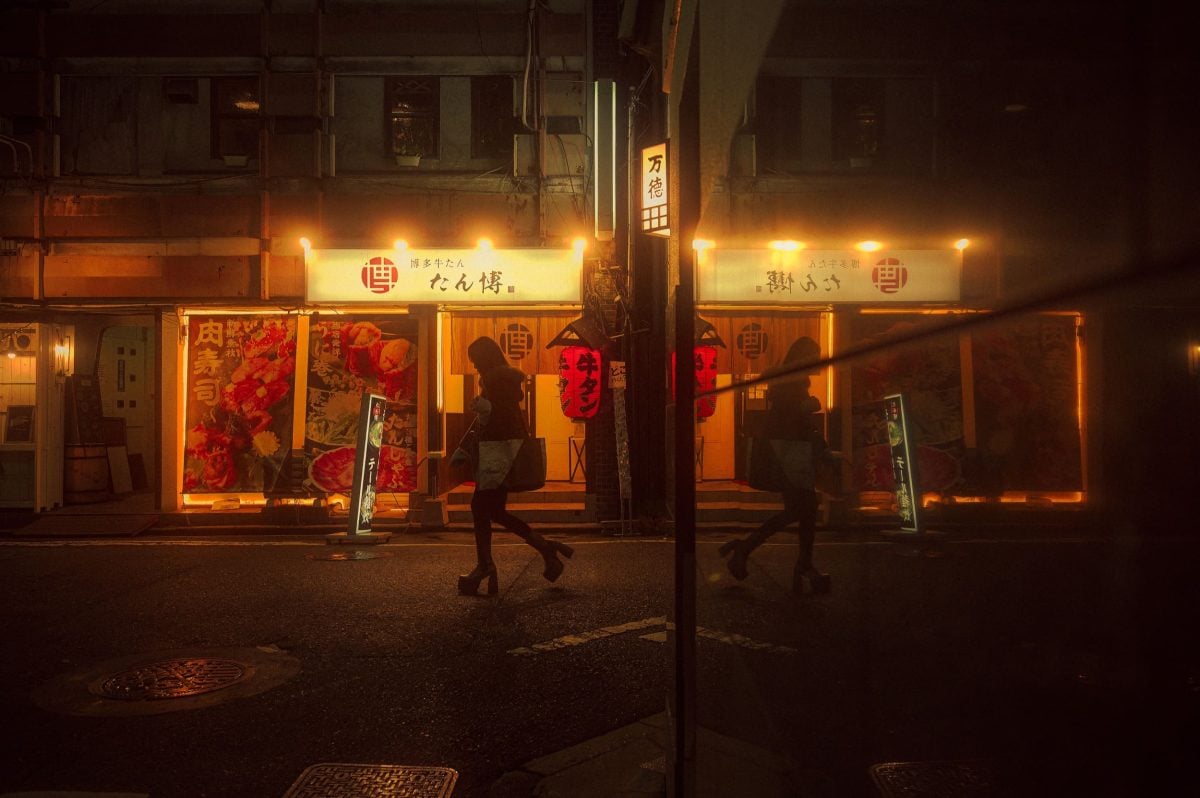
Now, the question is, should you buy the 28mm or the more expensive 26mm?
The 26mm is confusing a lot of people. Now I wish this 28mm lens was maybe a little bigger and maybe an f2 to create some bigger differences between the two because, as of right now, this 28mm is almost half the price. Once you attach the lens hood to the 26mm (because you kind of need one to protect the protruding front element) they end up being similar in size. It does seem like the 26mm has some additional weather sealing (not needed on the 28mm because of the internal focus system), and also, the 26mm has an all-element focus system, so it has much better close-focus sharpness.
I personally really like the 26mm more than the 2 8mm, and it’s become one of my favorite Nikon lenses. However, 28mm still has some advantages. See the Nikon Z 26mm f2.8 Review for more information.
Key Differences Between The Nikon 26mm and 28mm
| Stats | 28mm f2.8 | 26mm f2.8 |
| DX Crop | 42mm | 39mm |
| Aperture | f2.8-f16 | f2.8-f16 |
| Elements | 9/8 | 8/6 |
| Iris | 7R | 7R |
| Min Focus | 7.5″ / 19 cm | 7.9″ / 20 cm |
| Filter Threads | 52mm | 52mm |
| Lens Hood | No | Yes HB-111 Hood |
| Weight | 5.5 oz / 155 g | 4.4 oz / 125 g |
Nikkor 28mm f2.8 Available At: Amazon / Adorama / B&H
Nikon Z 28mm f2.8 Review
Pros – Pleasantly sharp in the center, great color, great contrast, pretty good micro-contrast (not as good as the 40mm) but better than everything else Nikon has for the Z, compact, affordable, weather sealed, fast, and silent autofocus.
Cons – Extreme vignetting at times, overall image quality drops off towards the edges (but not by a lot), chatter bokeh with close backgrounds, mild distortion.
Notes – For street shooters looking for a compact 28mm lens for the Nikon, there really is no better option currently for the price. In general, there aren’t many 28mm lenses out there, and the Nikon Z 28mm f2.8 is not only one of the sharpest, but it’s also weather-sealed and has great autofocus speed. The only other 28mm I hear people talking about, besides the Leica Q2, is the Voigtlander 28mm f2, a lens I have had for a while and it is also a great lens, but I can confidently say that it is not quite as good as the Nikon 28mm f2.8. There is also a Nikon 26mm f2.8, which is even more compact but very expensive.
Landscape Photographers: I wouldn’t regularly use this lens for landscape photography because of the extreme vignetting when shooting into the sun. However, it could be useful for night landscapes or architecture, although you will need to be mindful of the slight loss in detail along the edges and corners at all apertures.
Here, I am using the 28mm with a Tiffen Black Pro-Mist filter, and some glow effects have been added to Photoshop. The image is enhanced with Topaz Ai.
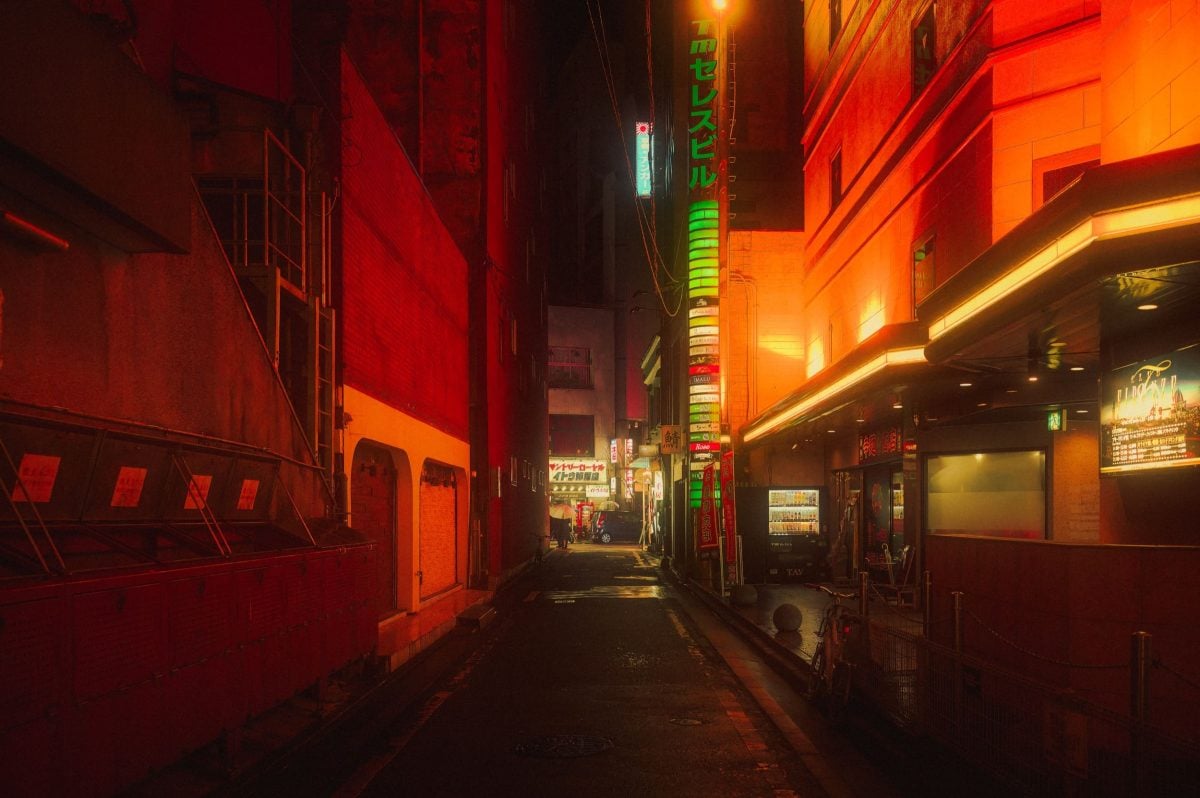
Nikon Z 28mm f2.8 First Impressions
Originally, I bought this lens for its lightweight, compact videography capabilities. With a 28mm on a Nikon full-frame body, you can shoot full frame and kind of get that sort of wide iPhone field of view that is popular for general Youtube-style content, but also, you can always throw your camera into an APS-C crop mode and get closer to a 40mm field of view which is great for more talking head portrait type of work. For this reason, the Nikon 28mm is absolutely fantastic.
What I wasn’t expecting is this lens to be also great for general photography. It’s surprisingly sharp in the center and has amazing colors and contrasts with sort of that classic high micro-contrast pop that we saw in the 40mm f2 lens. I’ve come to love it for general day-to-day shooting.
Compared to Nikon’s other compact lenses, such as the 40mm, there are a few more compromises you’ll notice. The flaws of this lens are generally more in your face and obvious whereas, with the 40mm, you had to kind of look for them, and only sometimes you would see them.
Technical Overview
I’m going to approach this review as more of a real-world style review since there really isn’t any reason to get nitty gritty with the technicals on this one.
The lens has some great character and is satisfyingly sharp in the center, but, I’m seeing some issues, two are big, and one isn’t that big.
The Vignetting
What bugs me the most about the 28mm f2.8 is the vignetting. It’s pretty intense at f2.8 when you point directly at a strong light source.
I imagine the Nikon built-in lens profiles are correcting for this some, and that’s fine. Stop down, and it’s mostly corrected, but wide open when shooting into the sun, it’s pretty intense. Keep in mind that not every situation is this intense. Vignetting in lenses is often reactionary to the lighting conditions, and pointing into a light source is usually a worst-case scenario. You can correct this in the post, but you’ll be lifting the exposure on those corners and edges several stops, which will introduce noise.
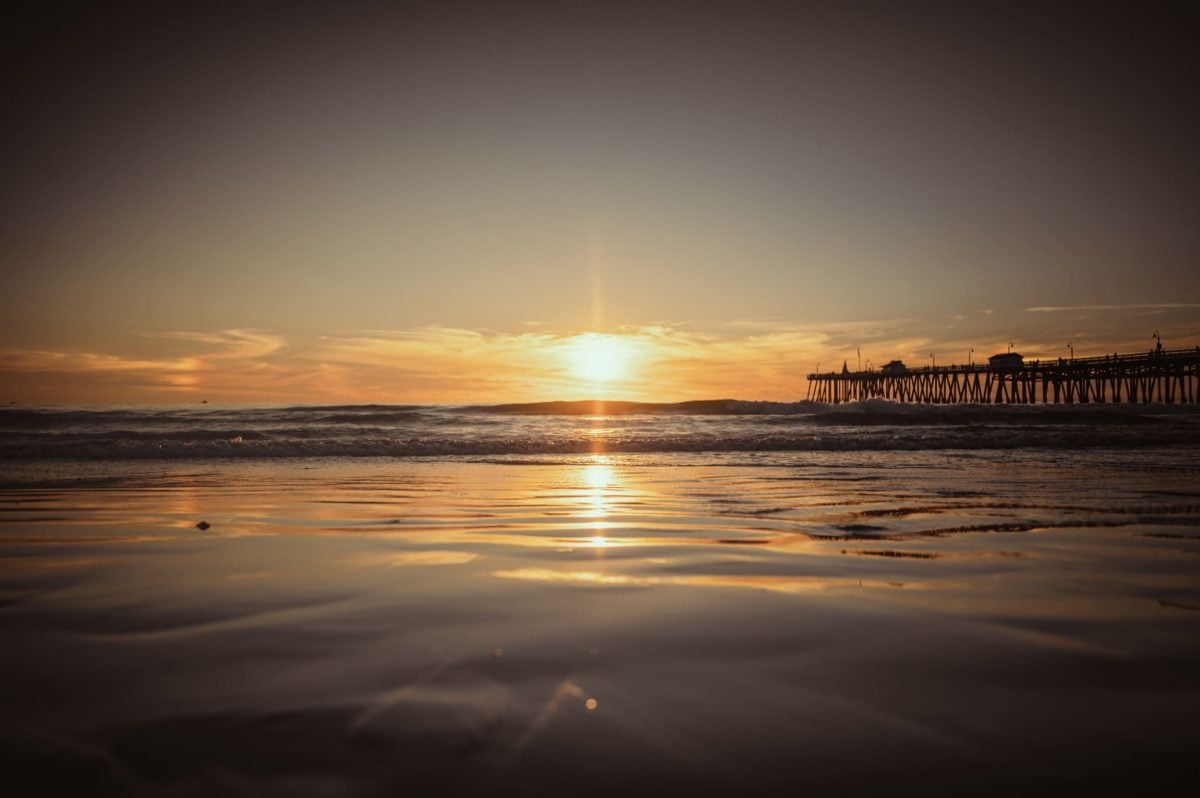
Stopped down to f8 and it’s mostly fine, or I should say – better. You can also see some mild distortion in these samples.
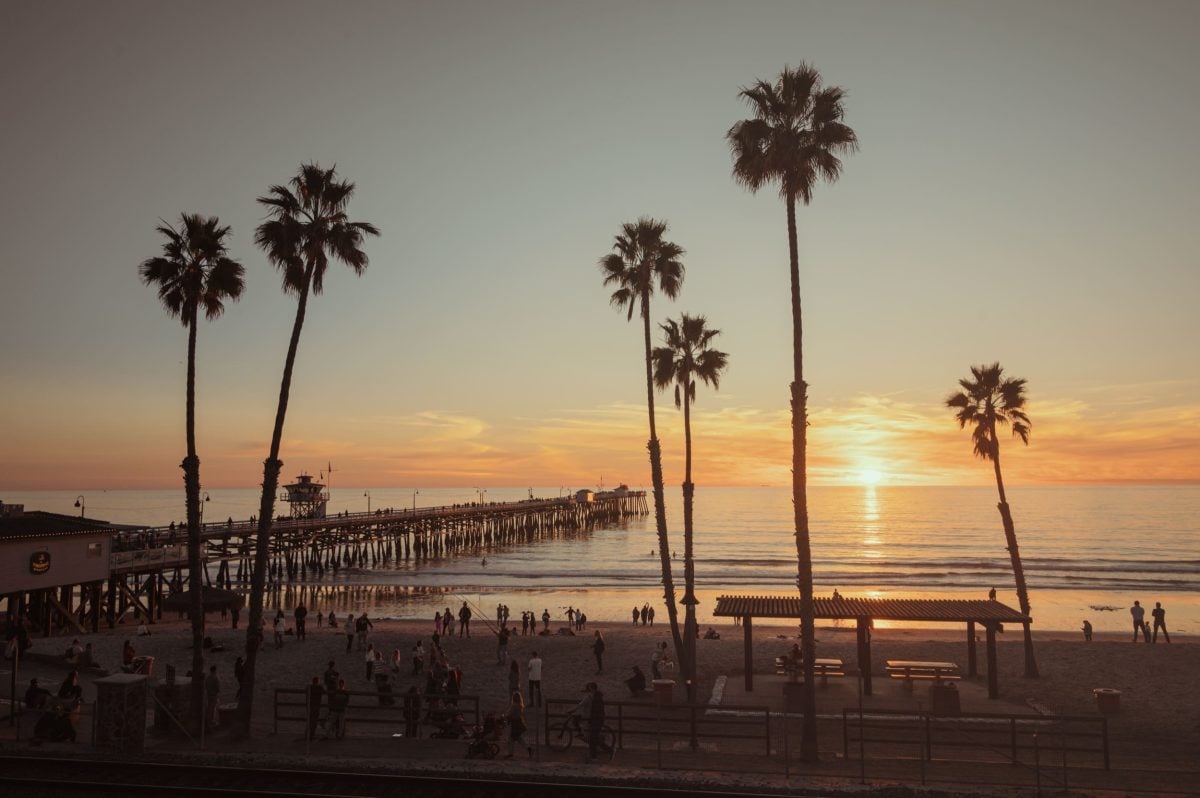
When you’re not shooting into the sun, the vignetting is not bad at all.
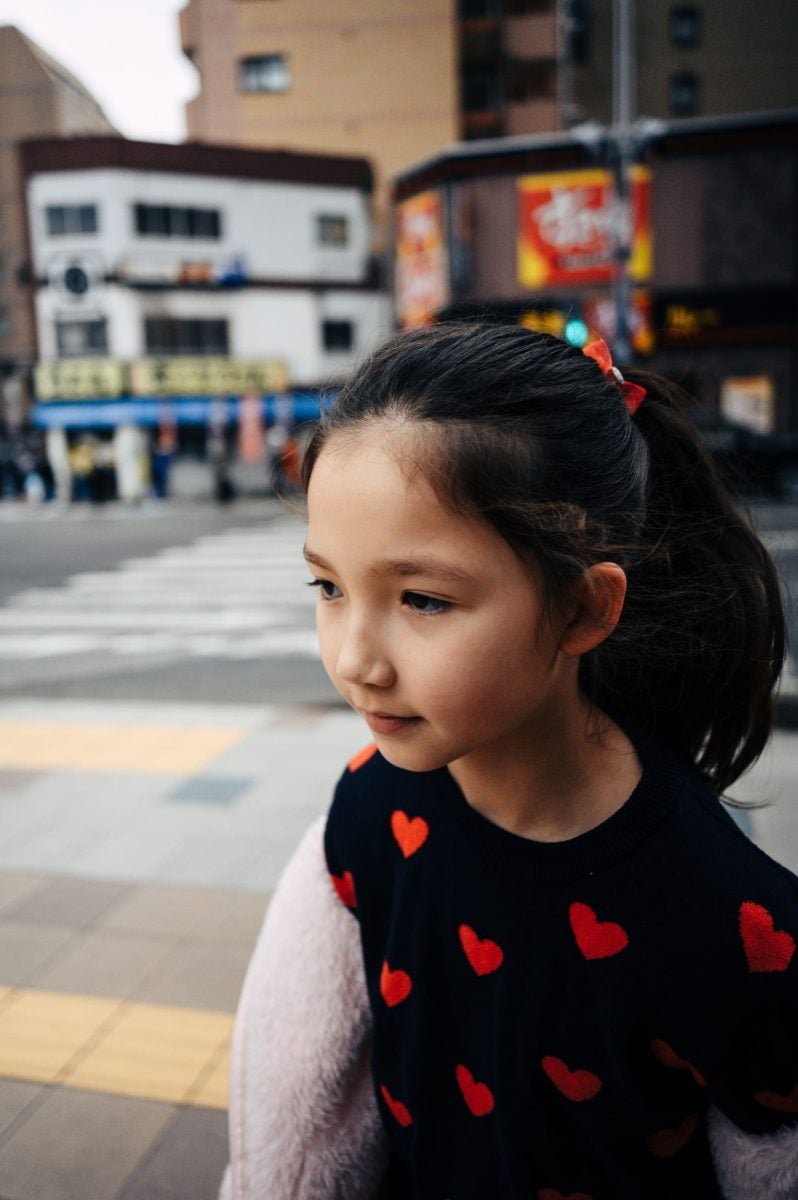
Chatter and Nervous Bokeh
The next noticeable minor flaw with the Z 28mm f2.8 is the chatter and nervous bokeh at certain distances.
If you’re shooting portraits, you can get some pretty funky bokeh around the ground and in the close background. If there is enough space between the subject and background ( what is called a long background ), you won’t have as much of an issue, but near-distance out-of-focus areas can be a problem.
You can really see it in this shot in the dirt in the background. Besides this issue, the lens produces some pretty nice rendering. A lot of punch with a great foreground-to-background transition – very classic but with modern sharpness and contrast. Just not very pleasant bokeh.
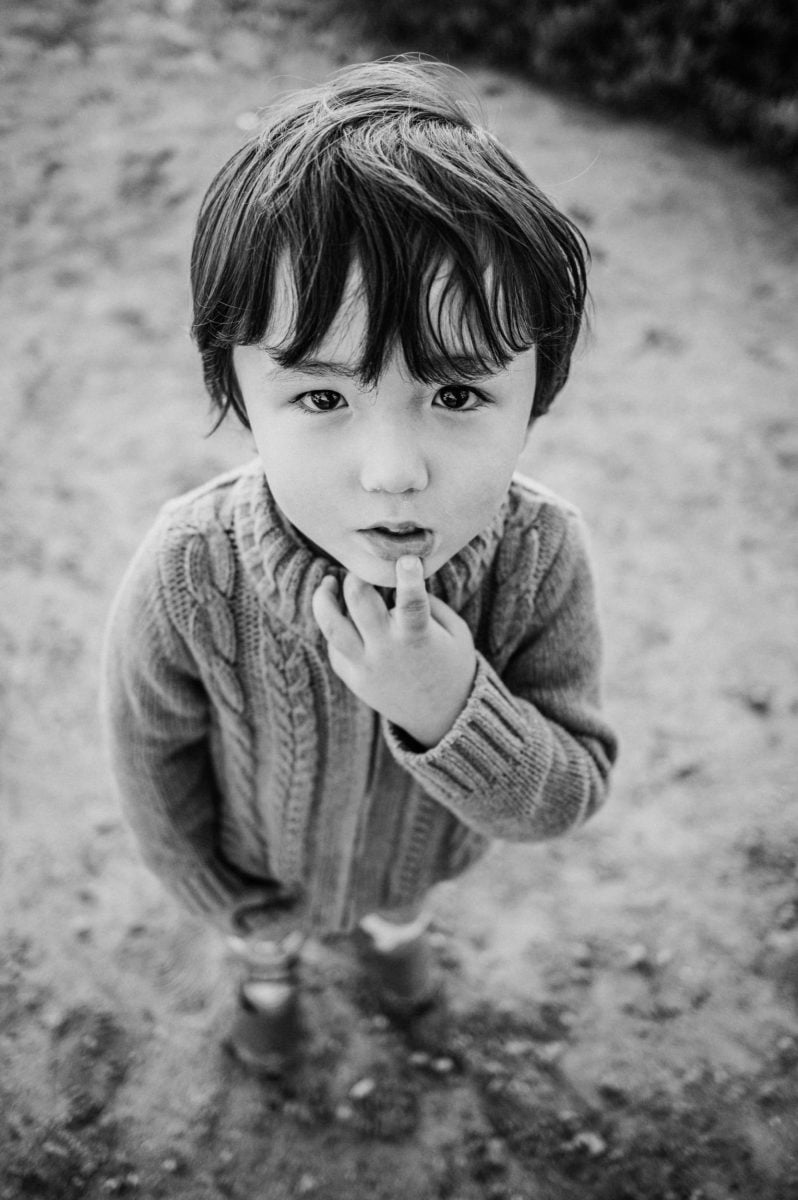
A Falloff in Sharpness Towards Edges and Corners
While this lens is impressively sharp in the center, there is some falloff in sharpness when moving out from the center of the image. What’s happening is the details kind of start to stretch as they get closer to the edges. So, while the lens is still optically maintaining accurate and detailed focus, the image loses some of its ‘correctness’ with the details as you see a direction smear start to happen as you move out further away from the center. Stopping down to f8 doesn’t fix this, so this is not going to be an ideal lens for landscape shooters that print large.
For casual photographers, it’s not a big issue, and this lens is actually surprisingly sharp in the center, which is impressive, but that quality does deteriorate slightly as you get closer to the edges and corners.
In those zones, you’ll also see chromatic aberrations beginning to appear in the high-contrast areas.
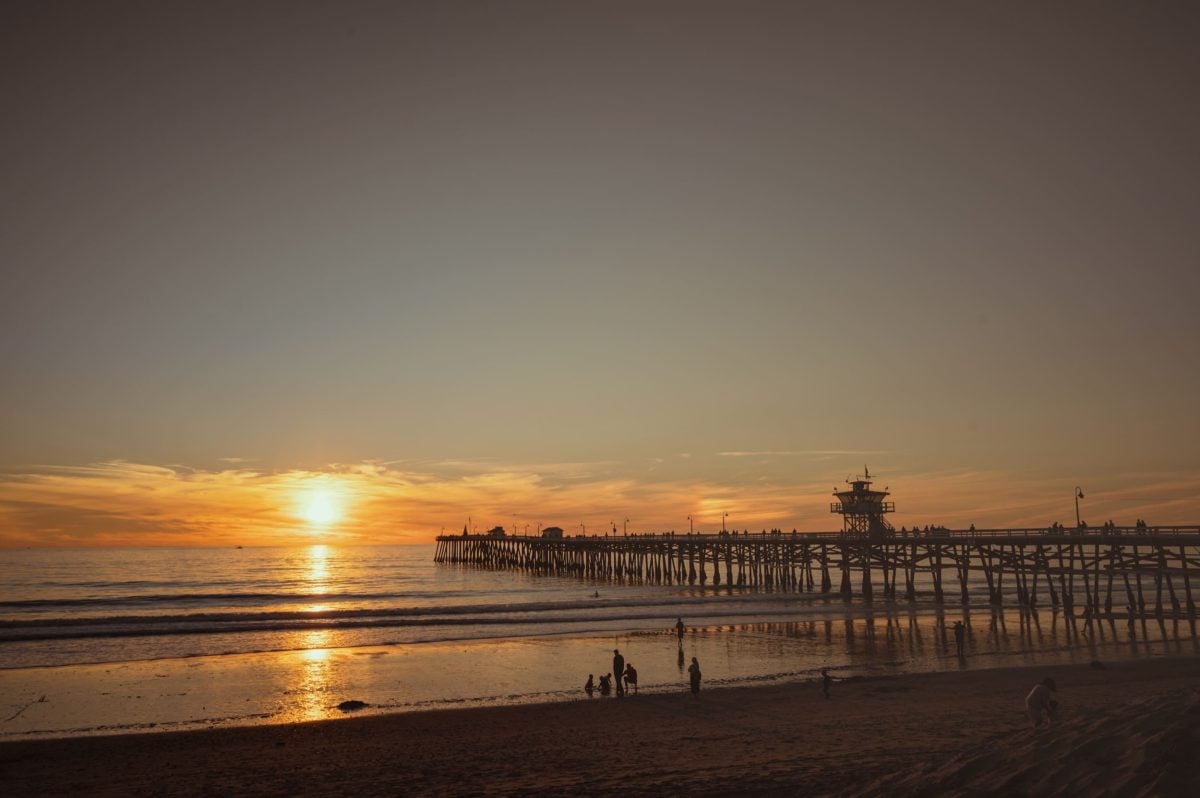
Nikon Z 28mm f2.8 Build Quality

There are two versions of this lens, the Standard and the Special addition. The special edition has a silver trim behind the focus ring and has a bit more rubber on the focus ring for a slightly bulkier feel. At first, I really liked the special edition version for the looks, but now after using this SE version a lot and the Standard 40mm, I think I like the standard style a little more.
Both lenses use a plastic construction.
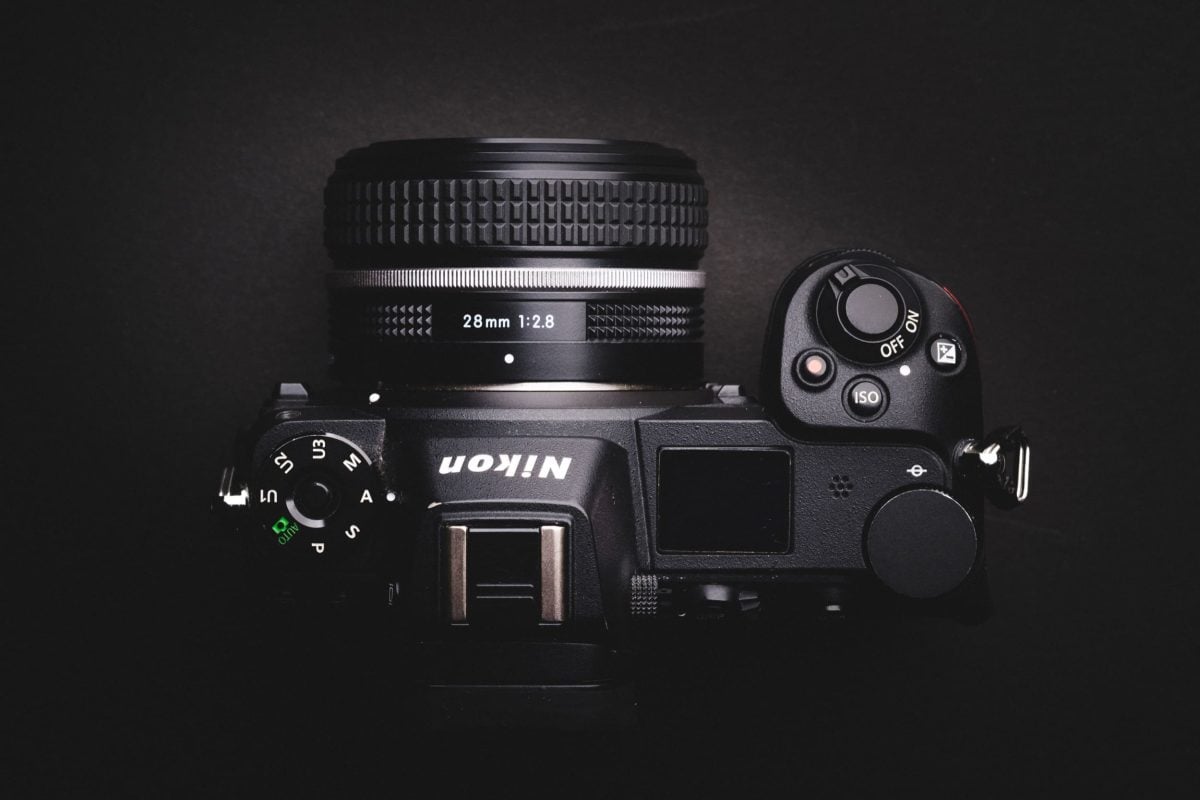
The one nice thing about the 28mm vs the 26mm is the single barrel internal focusing system. This not only helps with the weather sealing but also means there are no external moving parts which improves the dust sealing of the lens dramatically.
The 28mm features 9 elements in 8 groups with a 7R aperture. There are 52mm filter threads but no additional attachments for a lens hood, whereas you could actually use a lens hood on the 26mm – You could potentially order a third-party threaded lens hood for this 28mm lens.
The minimum focus is 7.5″ or 19cm.
The lens mount is all plastic.
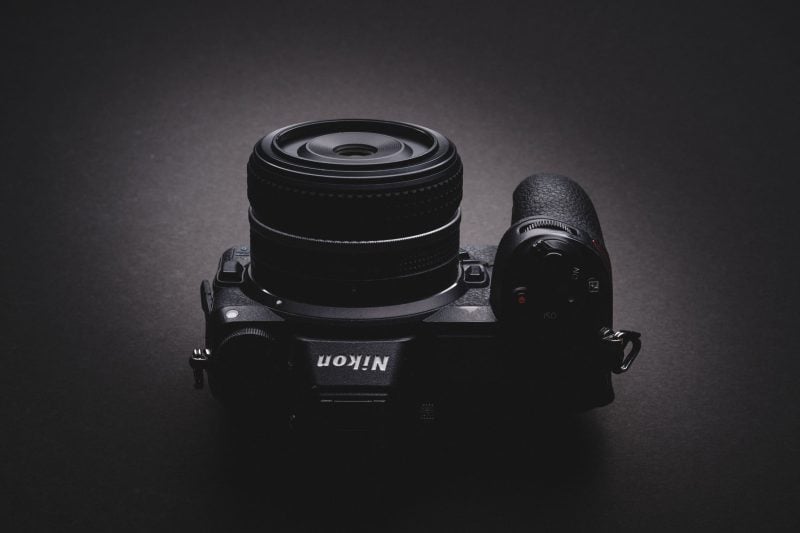
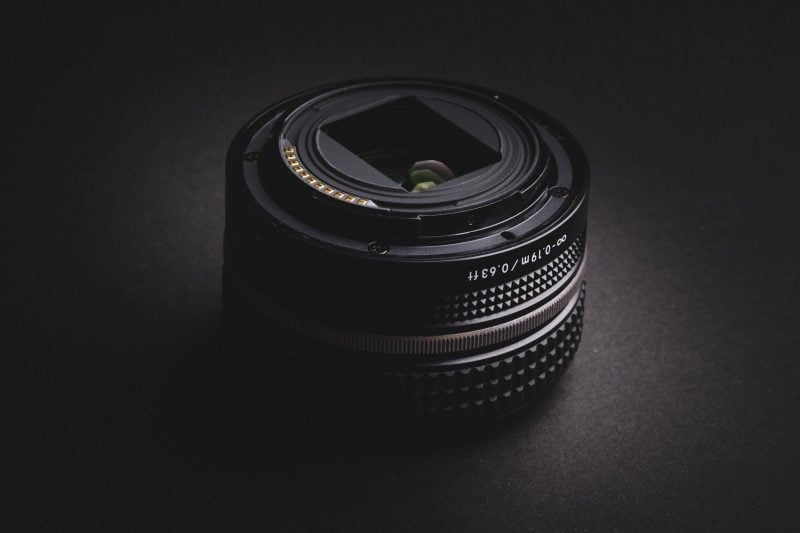
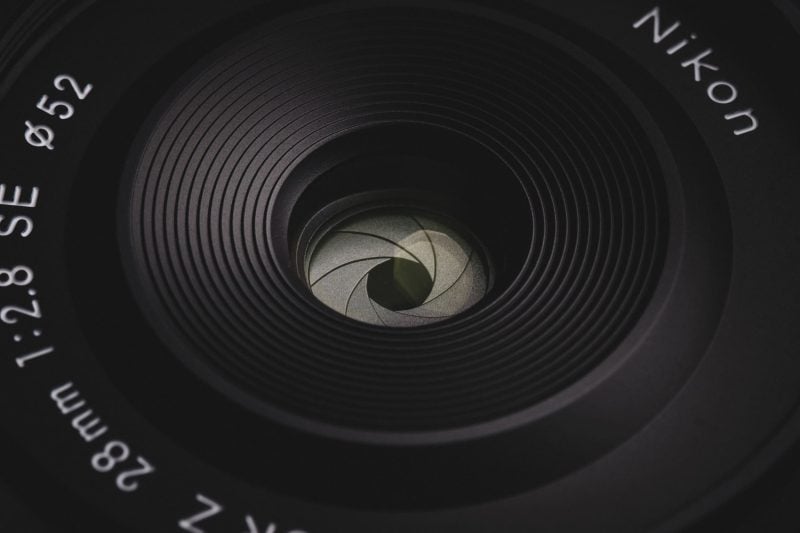
Art & Character
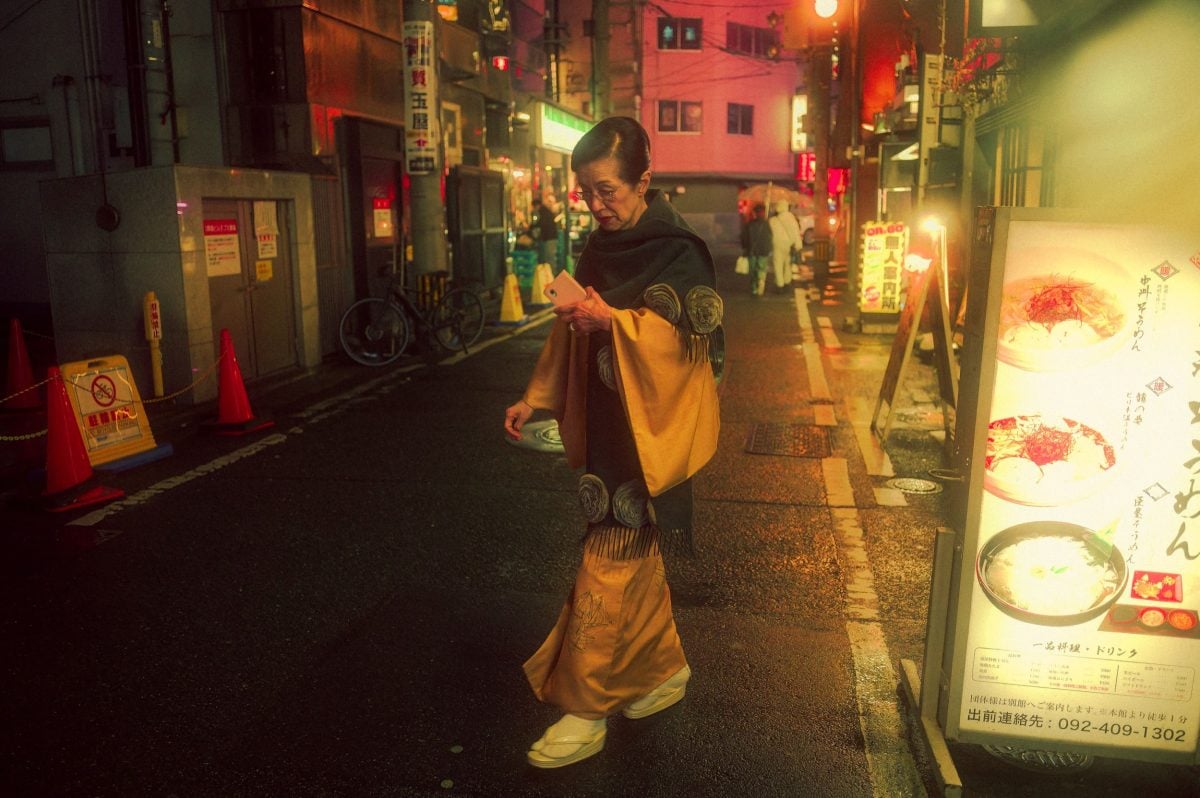
The whole point of these small lenses is to produce nice images in as small of a package as possible, and this lens does this successfully. Often when you’re running and gunning and sort of shooting sloppily with casual handheld shooting or shooting fast shutter street photography, the last thing you’re thinking about is perfect corner-to-corner sharpness. In these conditions, images are often slightly out of focus, have motion blur, or have high noise from a fast shutter, and in this environment, this lens produces amazing results.
For the tripod shooters doing landscape, studio, or portrait work, you’ll likely benefit from 21 or 24mm S lenses, although, none of them will have the character/micro-contrast/punch as this lens.
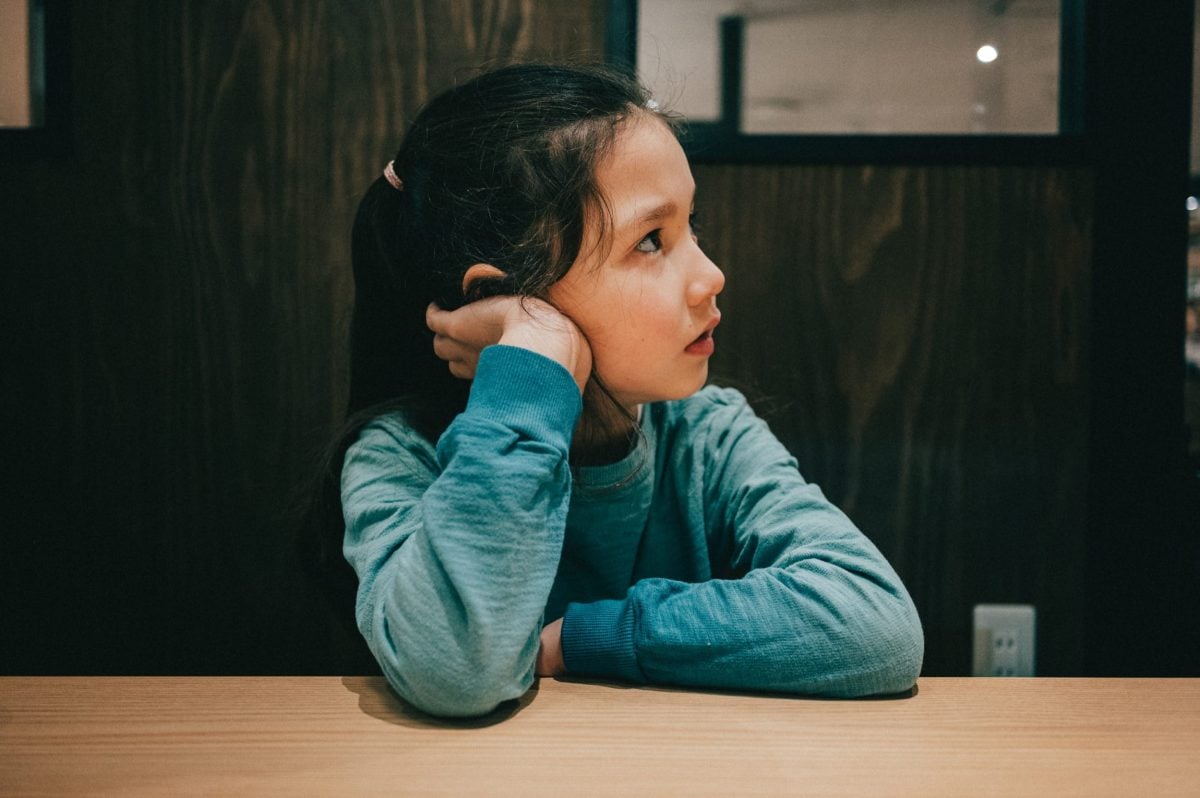
Since owning this lens, I’ve also purchased a Voigtlander 28mm f2, which might be the best alternative for photographers looking for a tiny compact wide angle, although, the Nikon Z is just a little bit better with everything compared to the Voigtlander. So I actually returned the Voigtlander for the 21mm f3.5 instead.
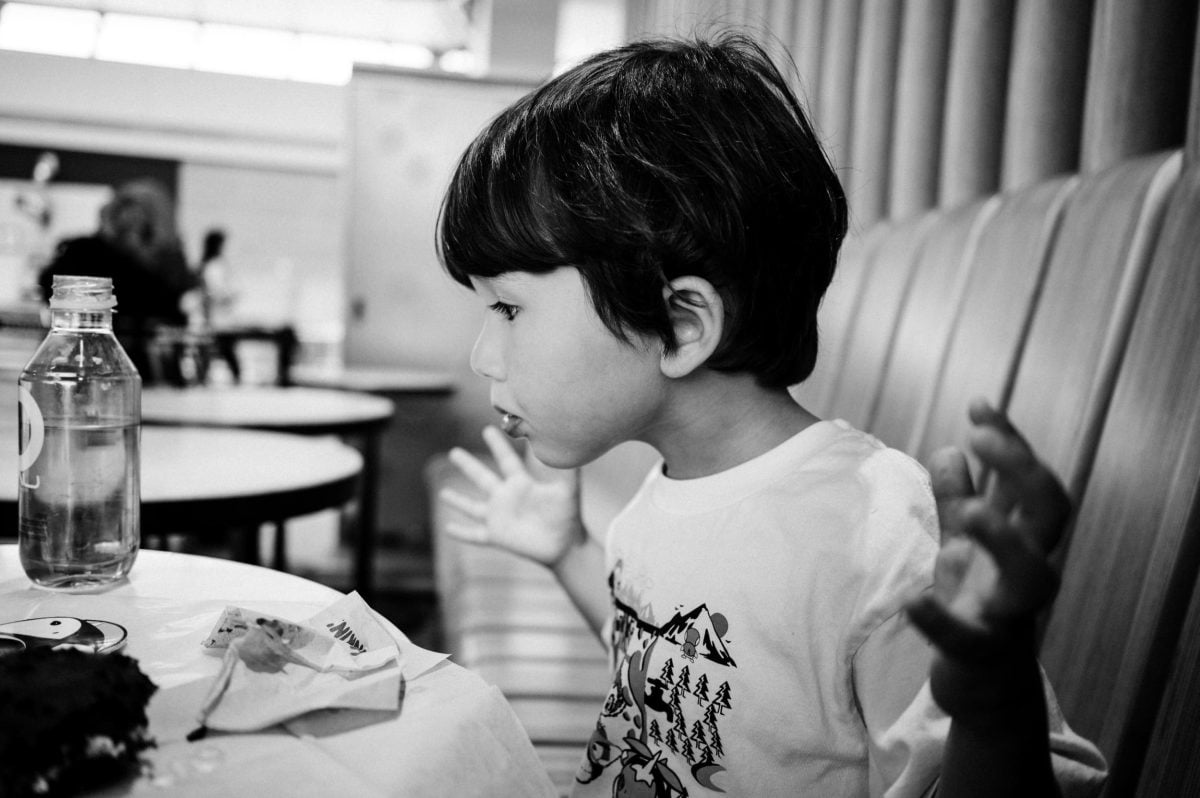
Very Good Casual Daily Driver
I always thought 35mm was the best everyday focal length, but 28mm has been a great carry-around lens. It’s also great if you go between APS-C and Full-Frame since, on an APS-C body, this will give you a 40mm field of view, with most of the corner and edges issues cropped out.
Where else I find this lens useful is when with family or traveling. Taking my kids to the beach where I want to shoot wider scenes with maybe a little landscape photography mixed in.
You can see the crazy vignetting here again. It really doesn’t like it when you shoot into the sun.
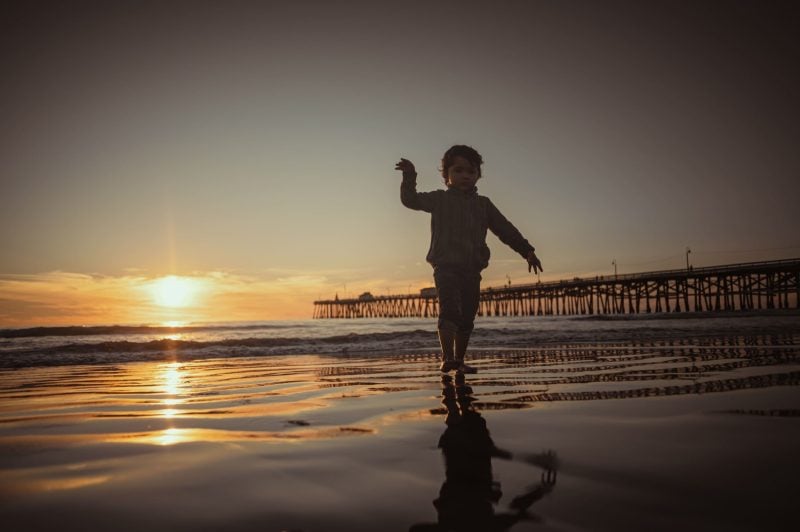
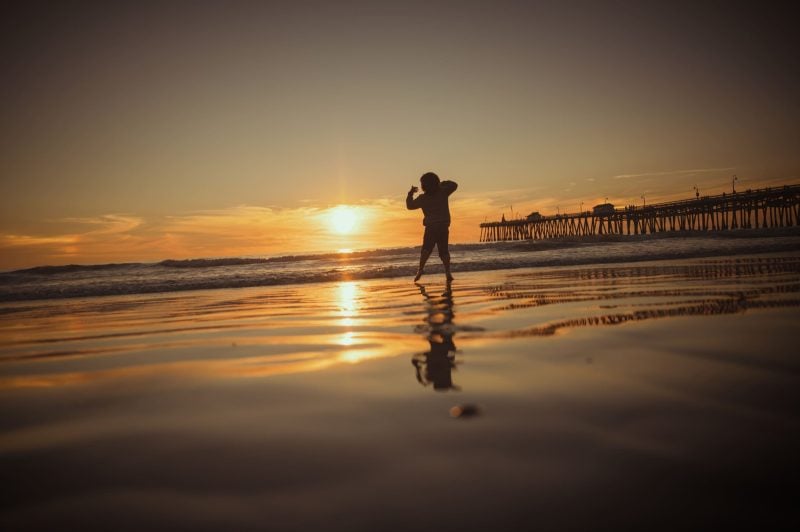
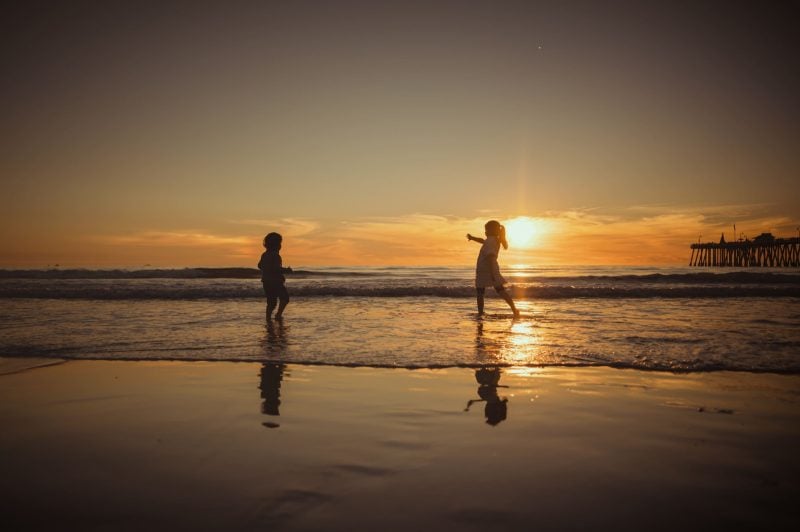
Great Lens For Street Photography
When I actually think of 28mm lenses, street photography is the first thing I think of.
I never really got into the wide-angle street look since I’ve always liked longer lenses. However, since the pandemic, when everyone started to wear masks, I’ve been forced to change up my style and try to engage more in storytelling. The 28mm has given me the ability to capture people in their environments without necessarily pointing the camera directly at them.
For street photography, this lens really shines at f4.
You can see in this sample there is minimal vignetting which is the biggest flaw of this lens.
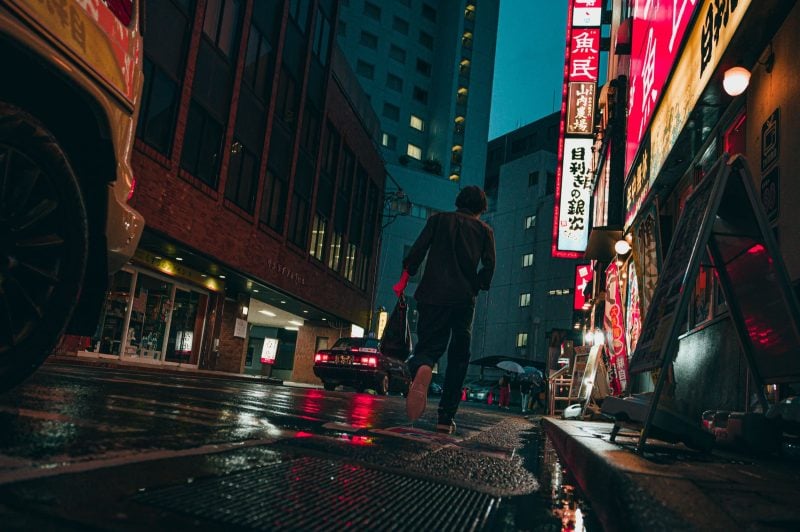
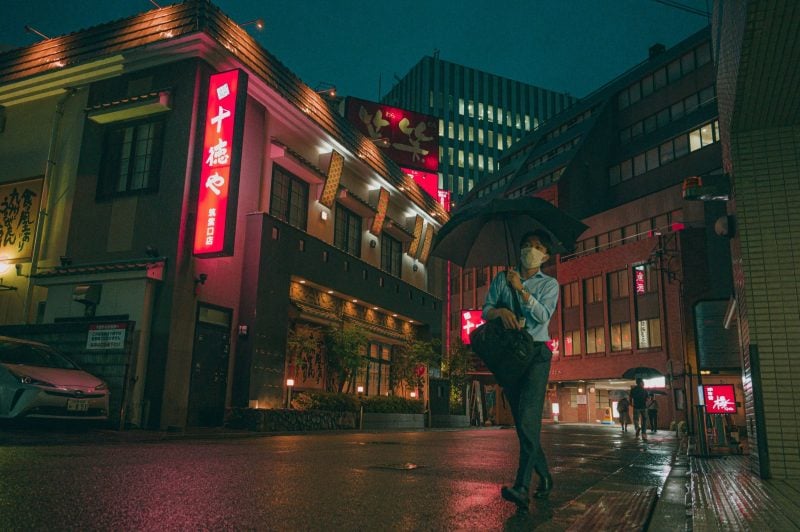
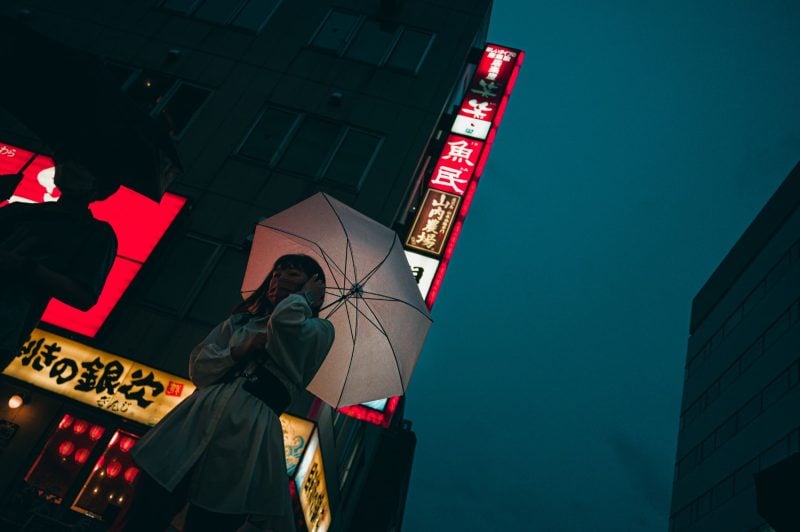
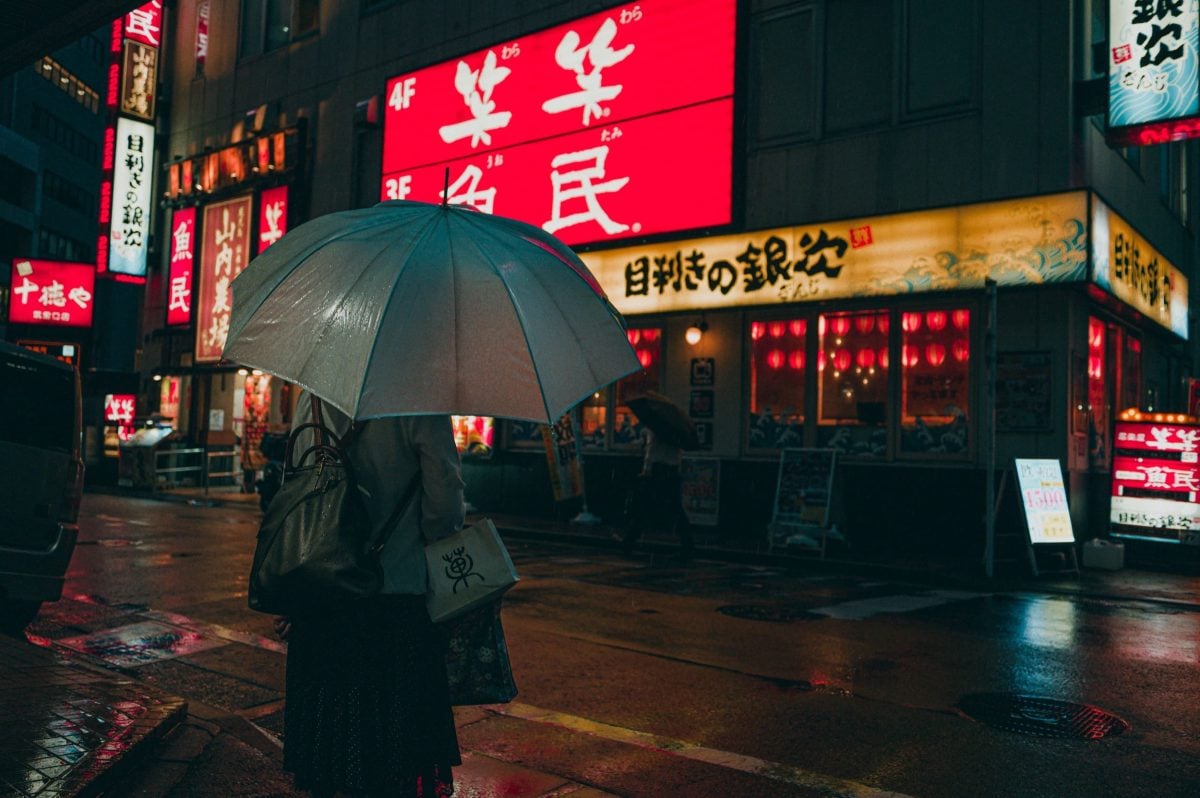
Nikon Z 28mm f2.8 Bottom Line
This lens has a lot of great utility, but unlike all the other Nikon lenses out there, it won’t really wow you in terms of image quality perfection. It’s more of a character lens, surprisingly sharp in the center with a pretty nice micro-contrast. It’s a fun lens, and it’s really good at being fun, especially for the price.
This lens is sharp and functional at 28mm. It does its job and is one of the better small 28mm lenses I’ve seen with my limited experience with 28mm lenses.
Nobody ever has really made a mind-blowing 28mm pancake lens so these lenses are what they are. This lens is at least sharp, has great colors and contrast, great flare resistance, and is overall very fun to shoot with as long as you’re ok with a few flaws that are mostly in the corners and edges.
It’s not an S lens, but it’s an absolutely killer lens for the price. For casual shooters and street shooters that like the 28mm field of view, at the current price, it’s basically one of those “just shut up and buy it” lenses.
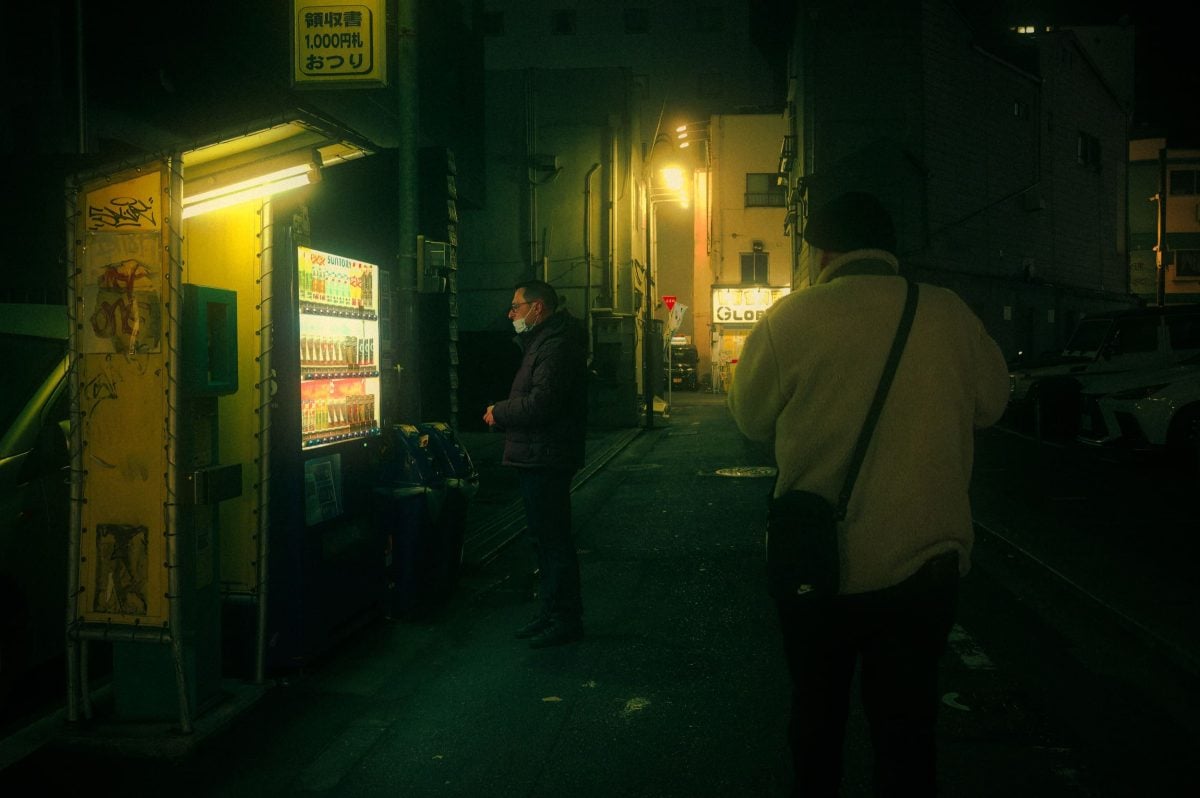
Other Nikon Lens Reviews
Also, see the Nikon Z 40mm f2 Review and the Nikon Z 35mm f1.8 Review.
Nikon Z 28mm f2.8 Samples Images
Nikkor 28mm f2.8 Available At: Amazon / Adorama / B&H
All shot on the Nikon Z6. Colored with my Core Presets, my Ono B&W presets, and the night sort of cyberpunk purple, blue, and green looks are part of a new pack I’m working on.
Further down, you’ll see some dreamy, glowy shots. I used a Tiffen Black Pro-Mist filter, then colored them in Photoshop with a pretty heavy Orton effect of about 20-30%. The way I do my Orton effect is to add a heavy Gaussian blur to a duplicate layer and then adjust the opacity. Sometimes, I’ll add level adjustments to add more bloom to the bright areas.
I’ve also been using the Topaz AI tools for those dreamy images and that software to enhance the quality of a lens like this.
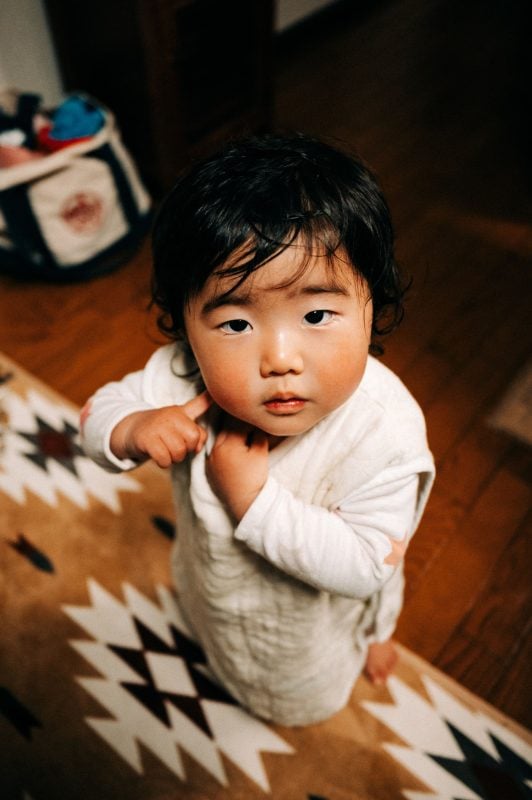
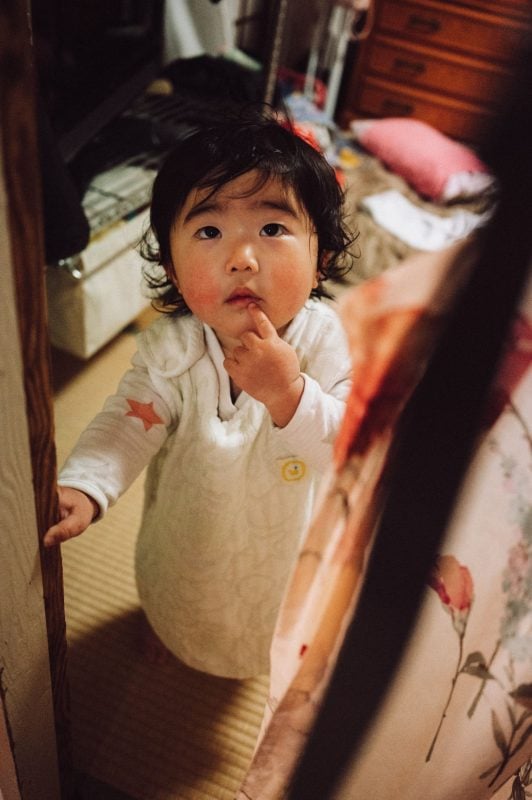
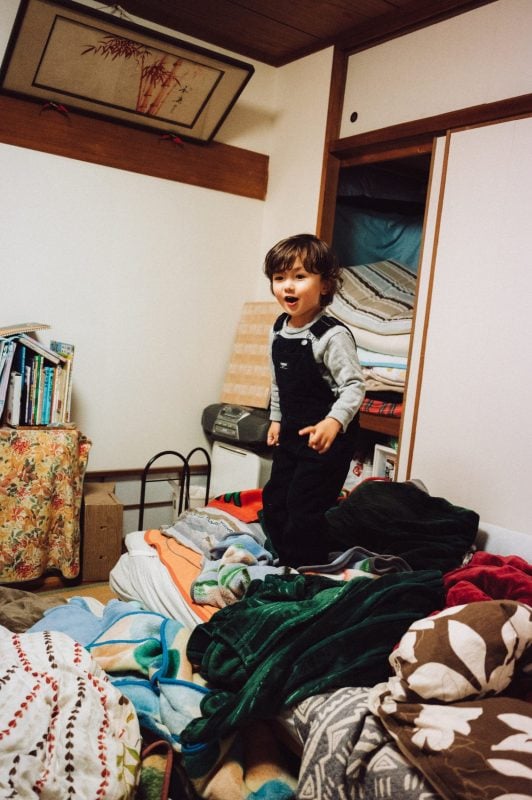
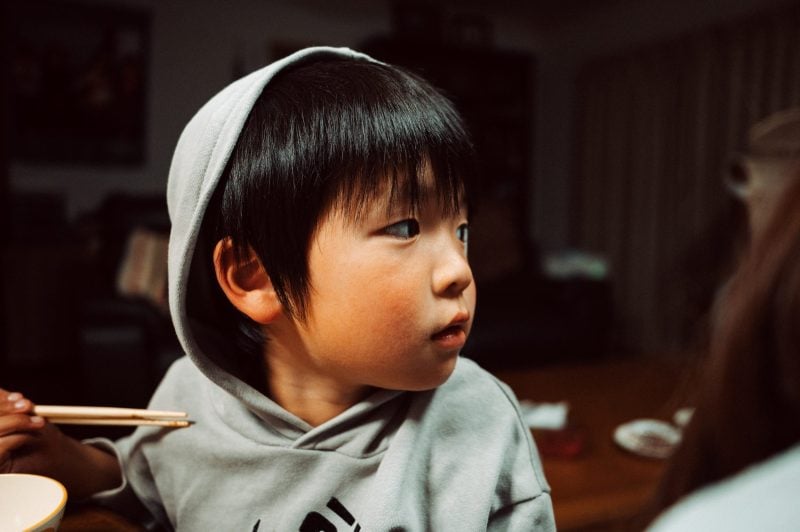
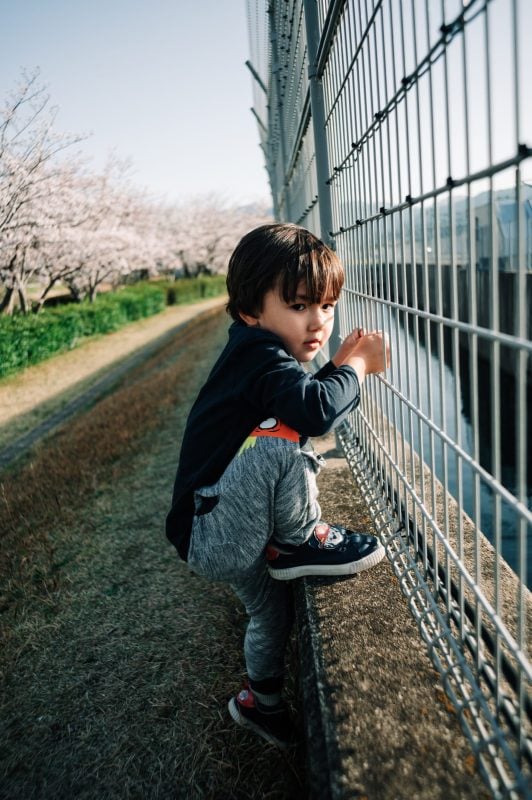
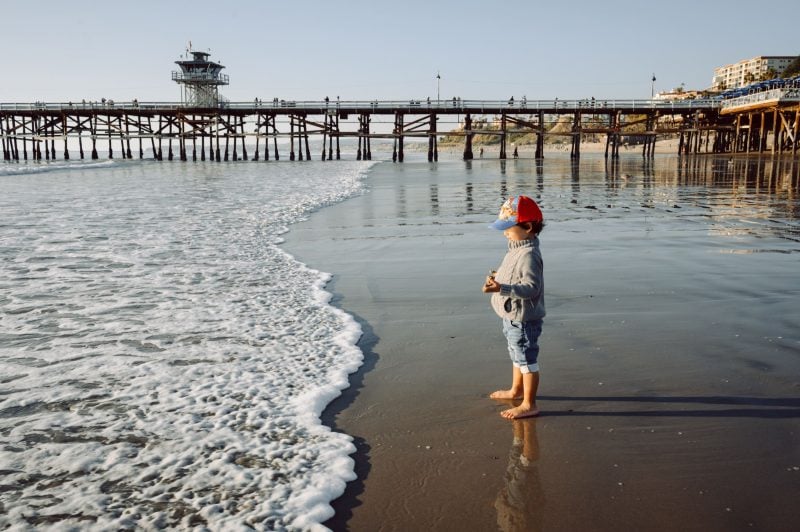
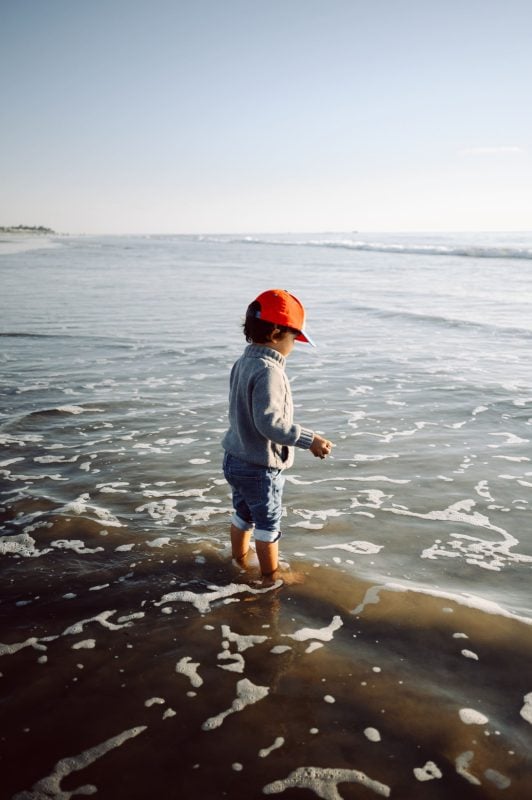
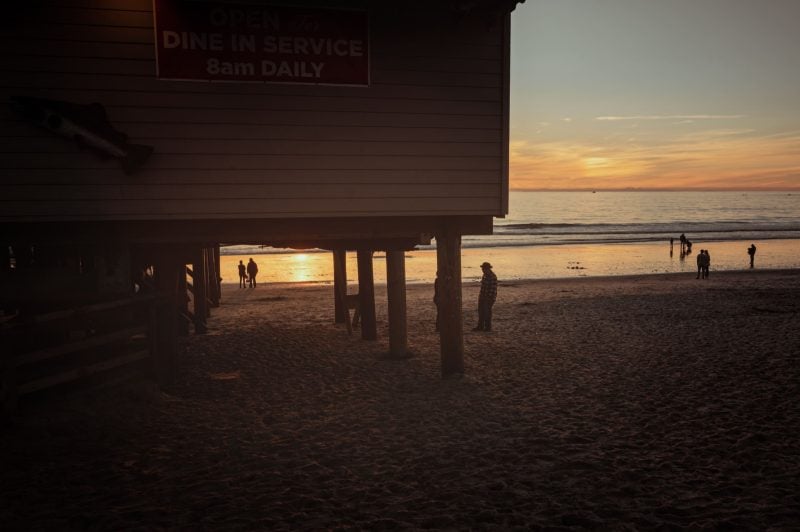
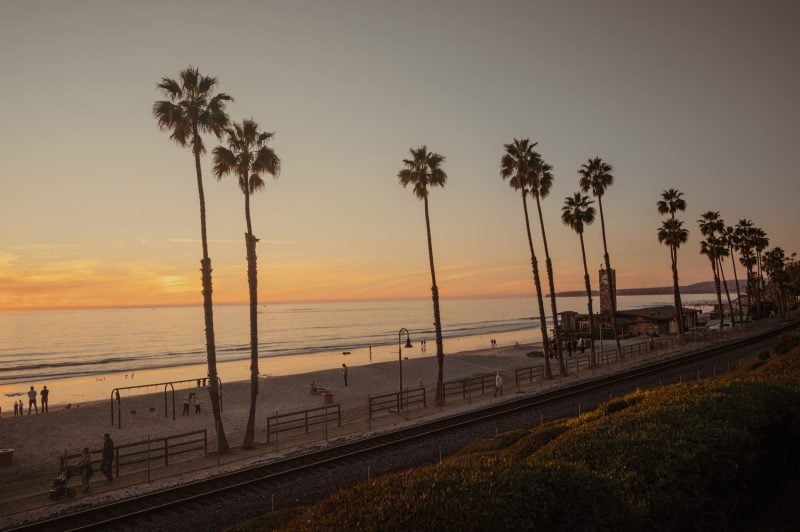
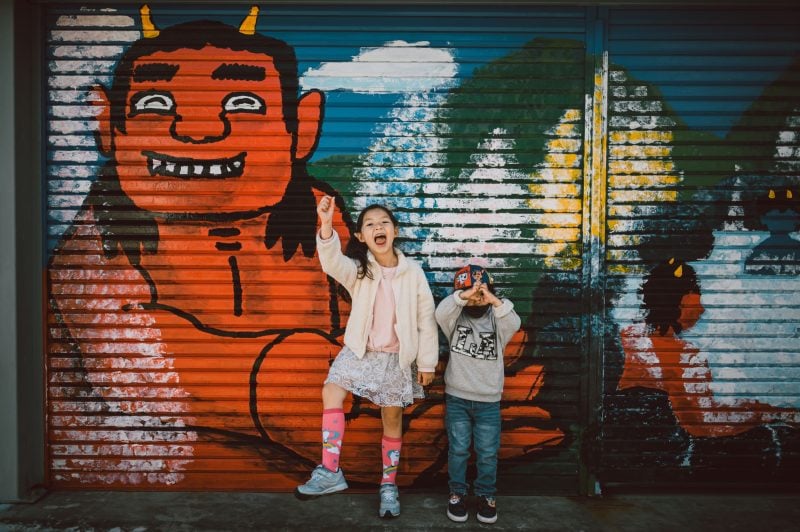
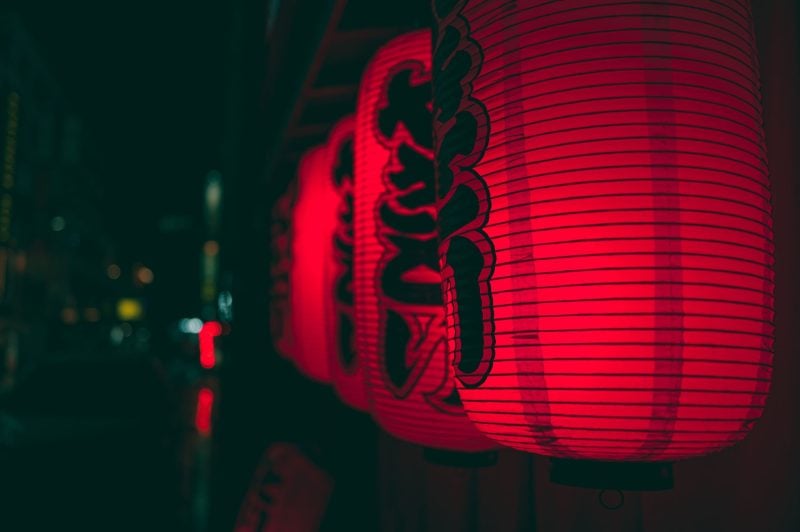
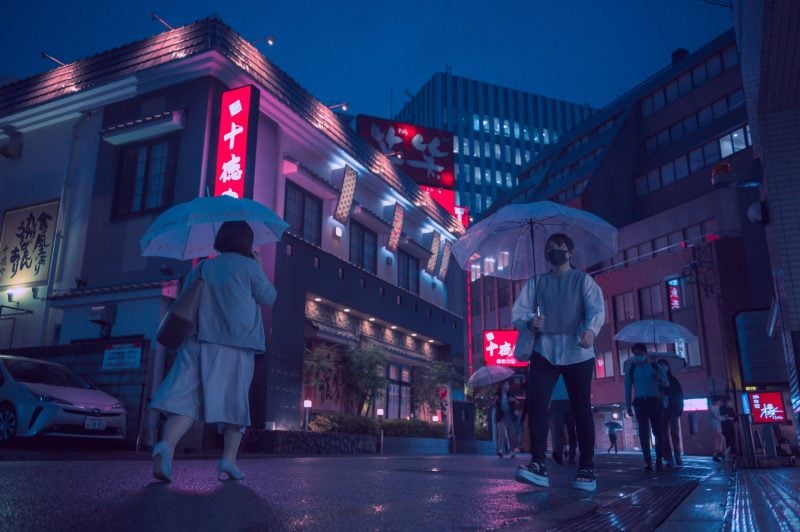
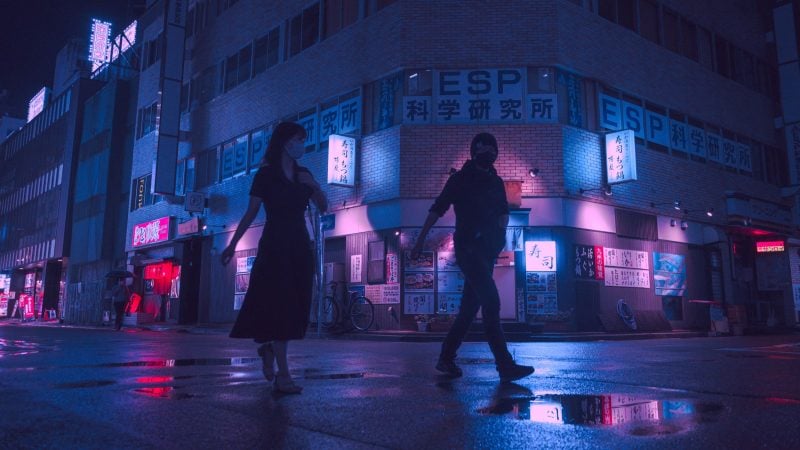
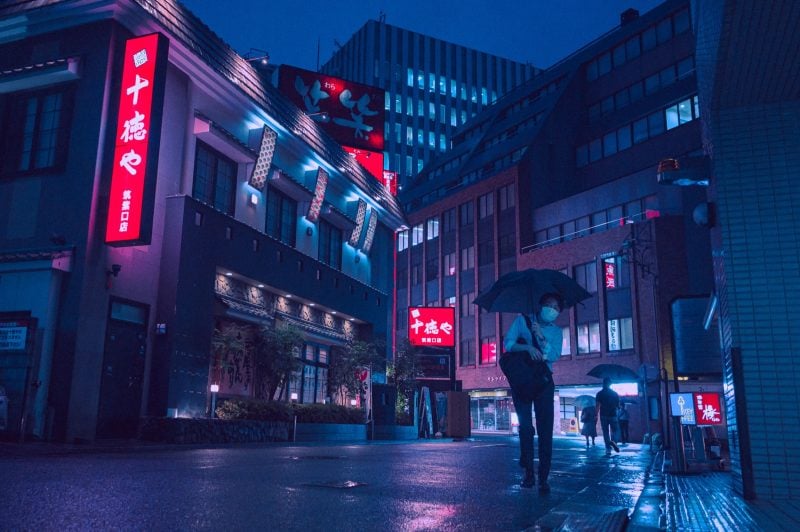
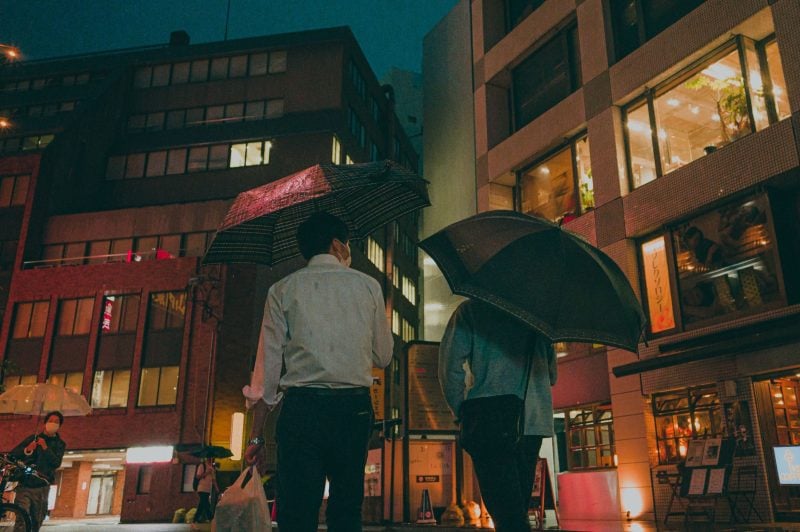
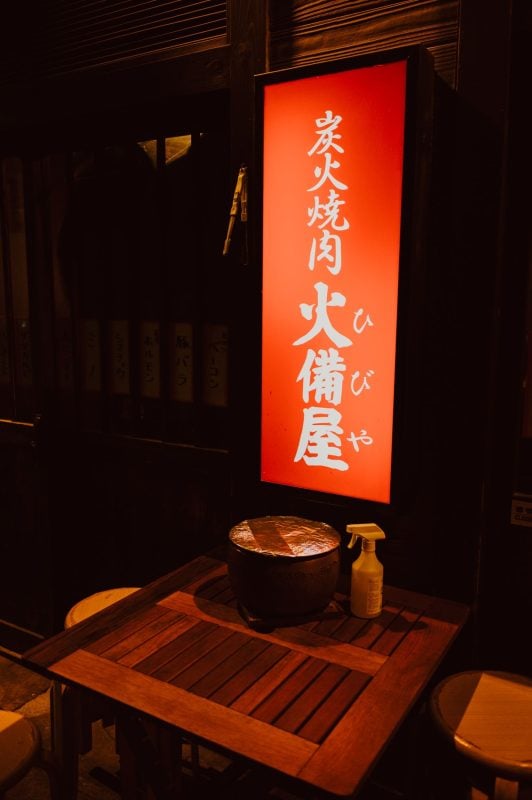
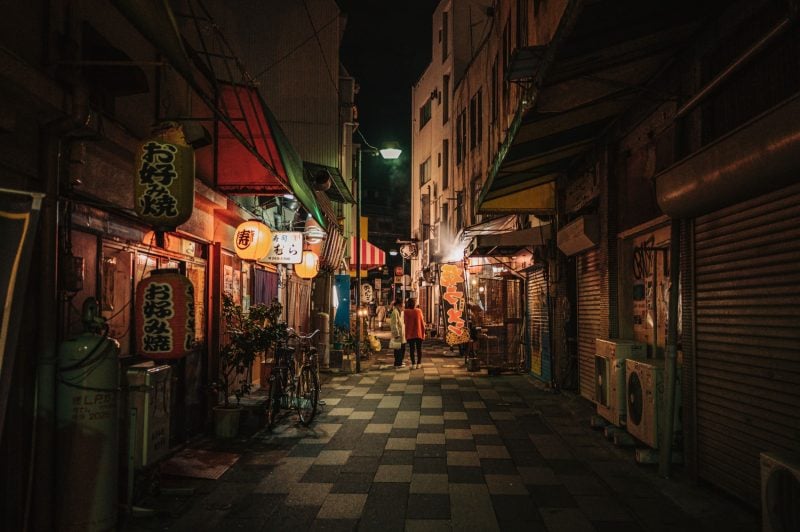
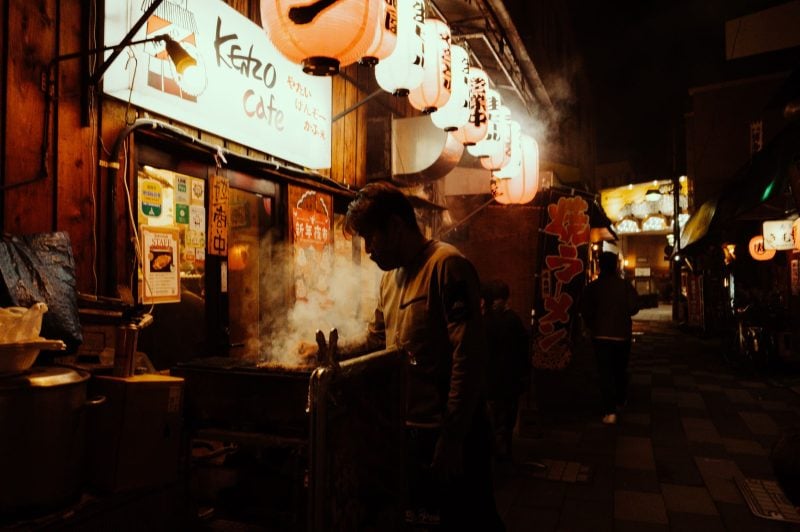
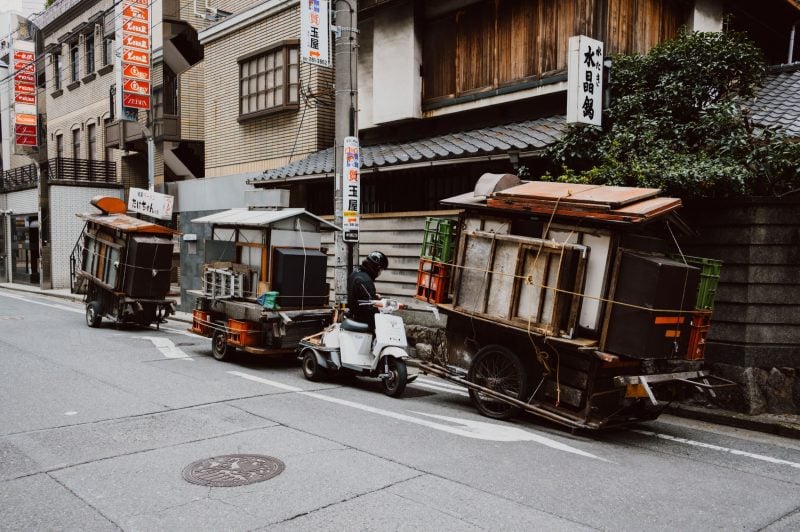
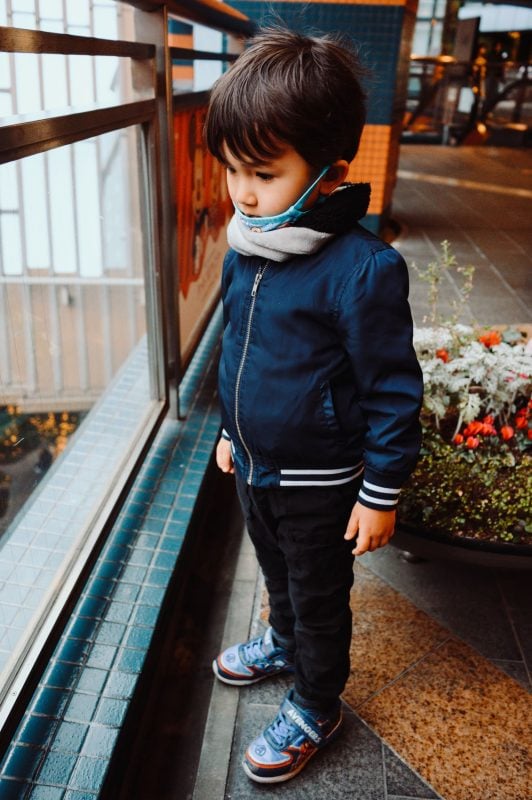
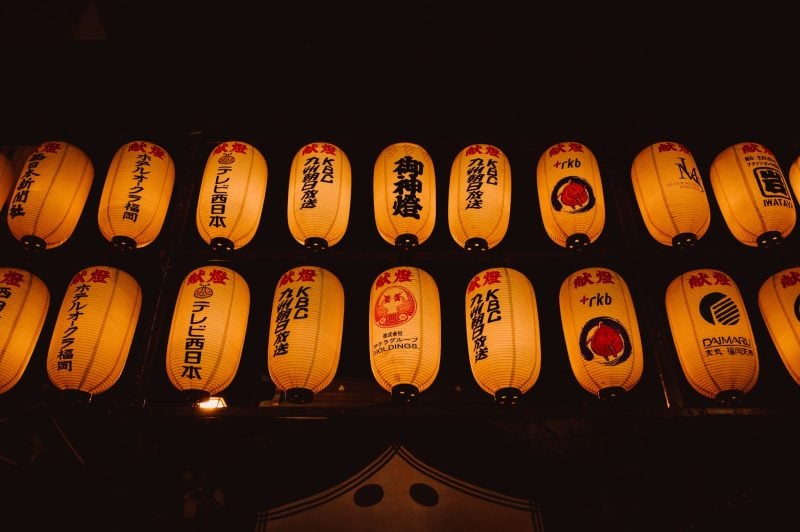
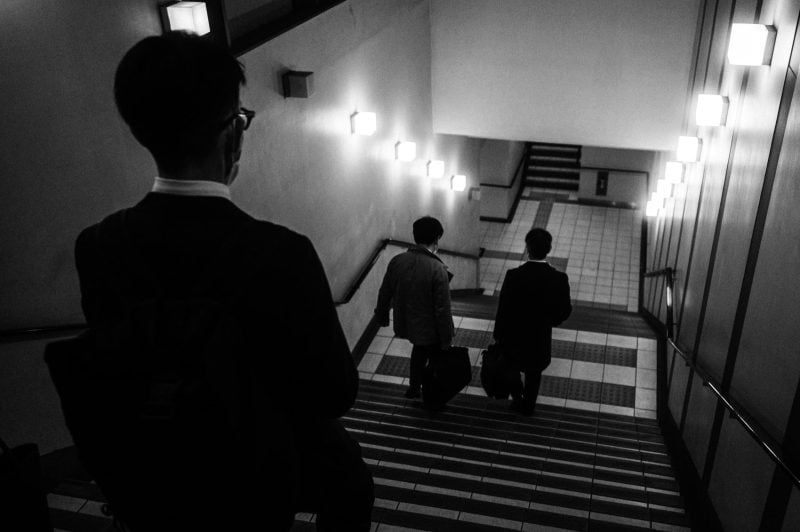
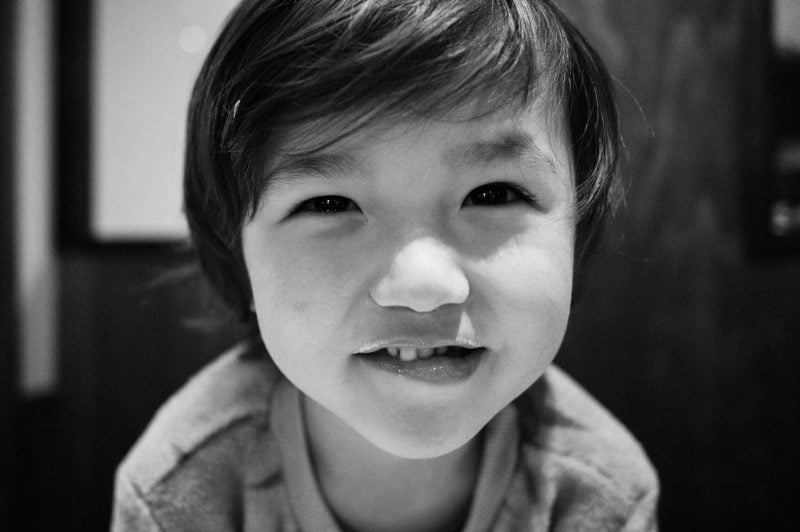
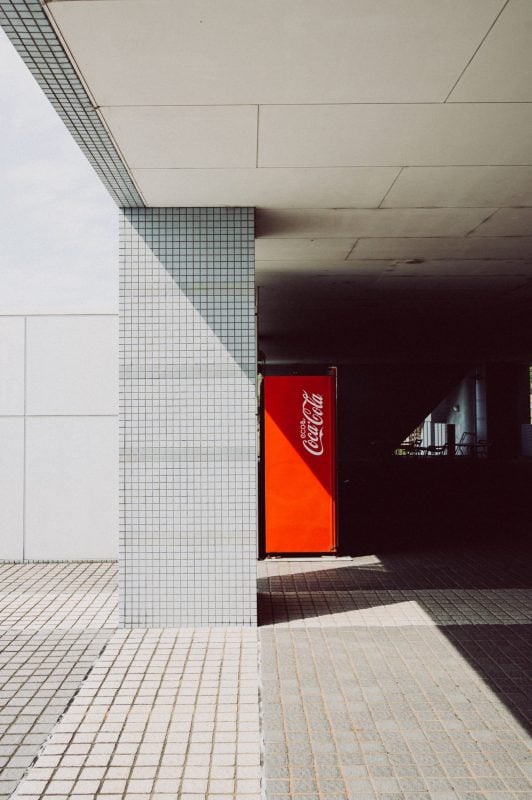
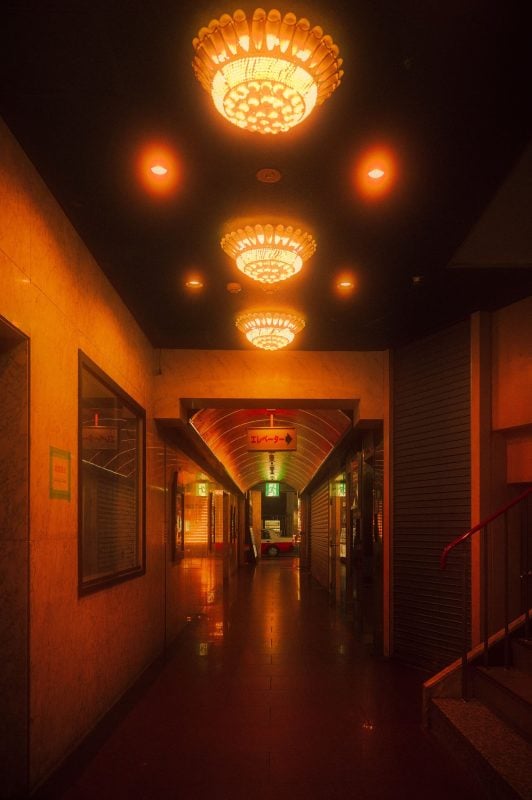
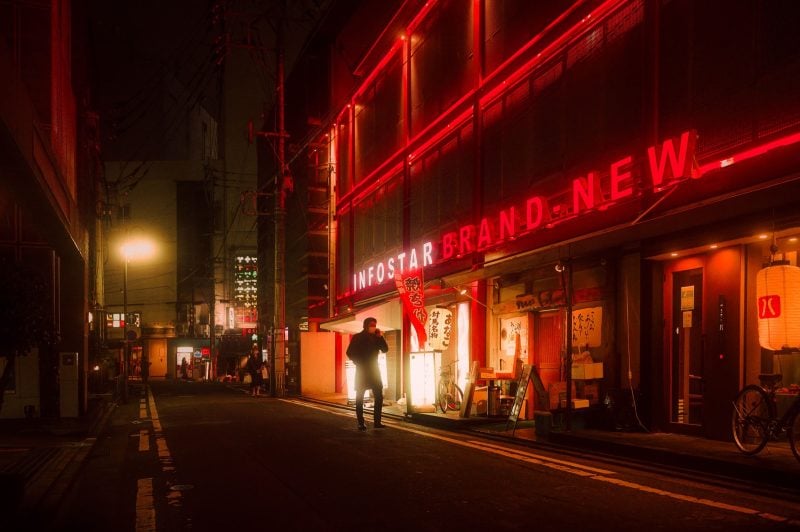
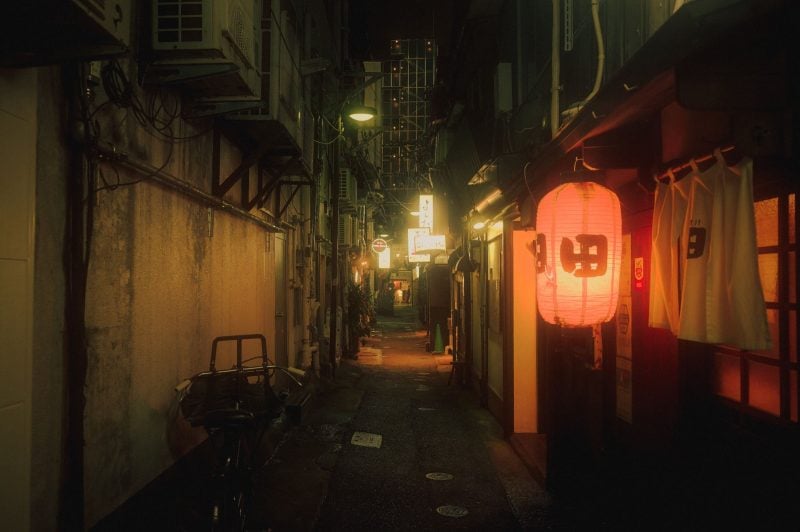
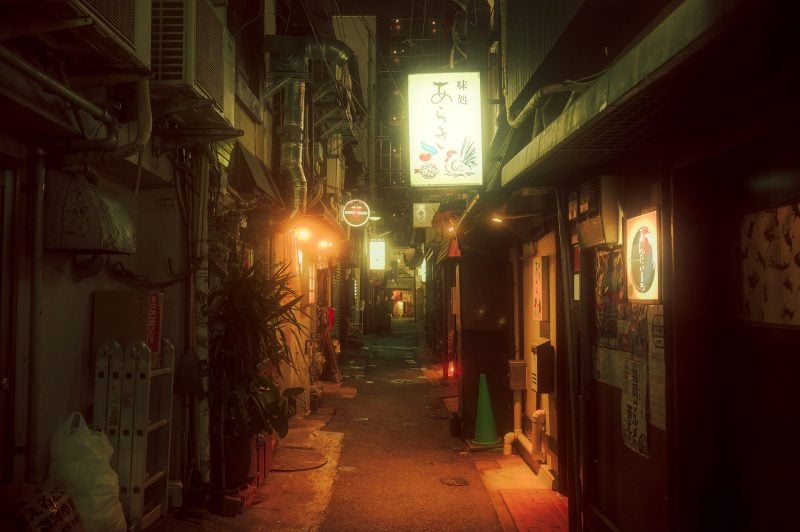
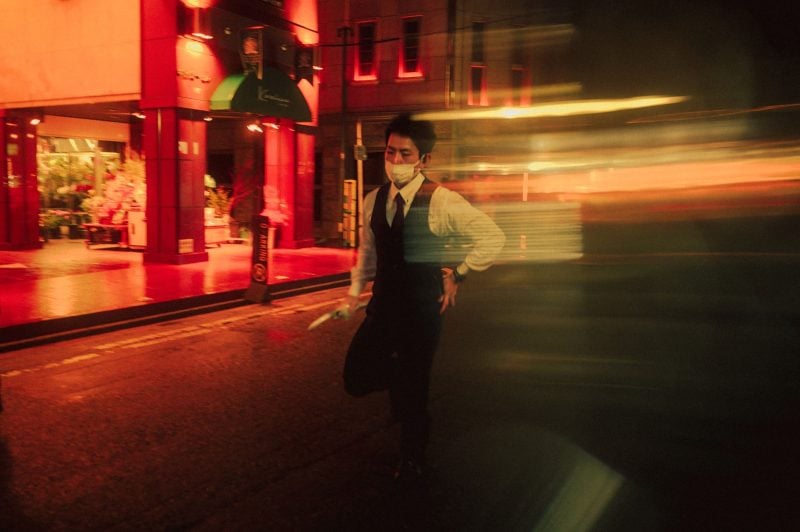
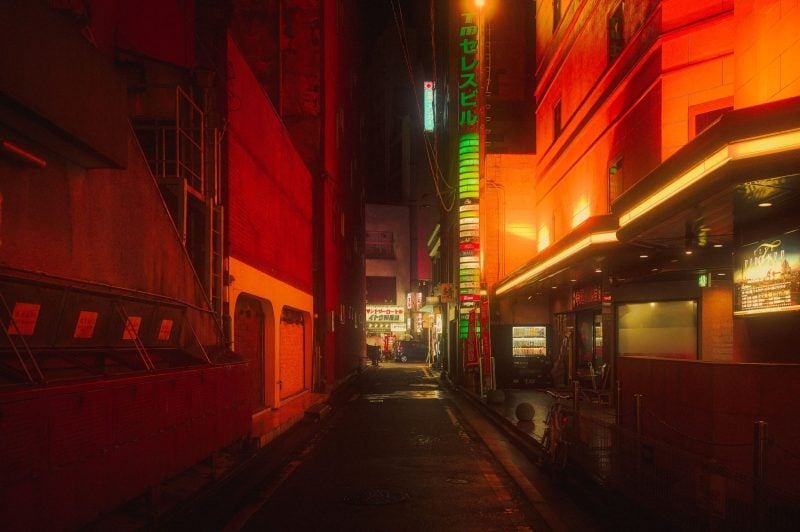
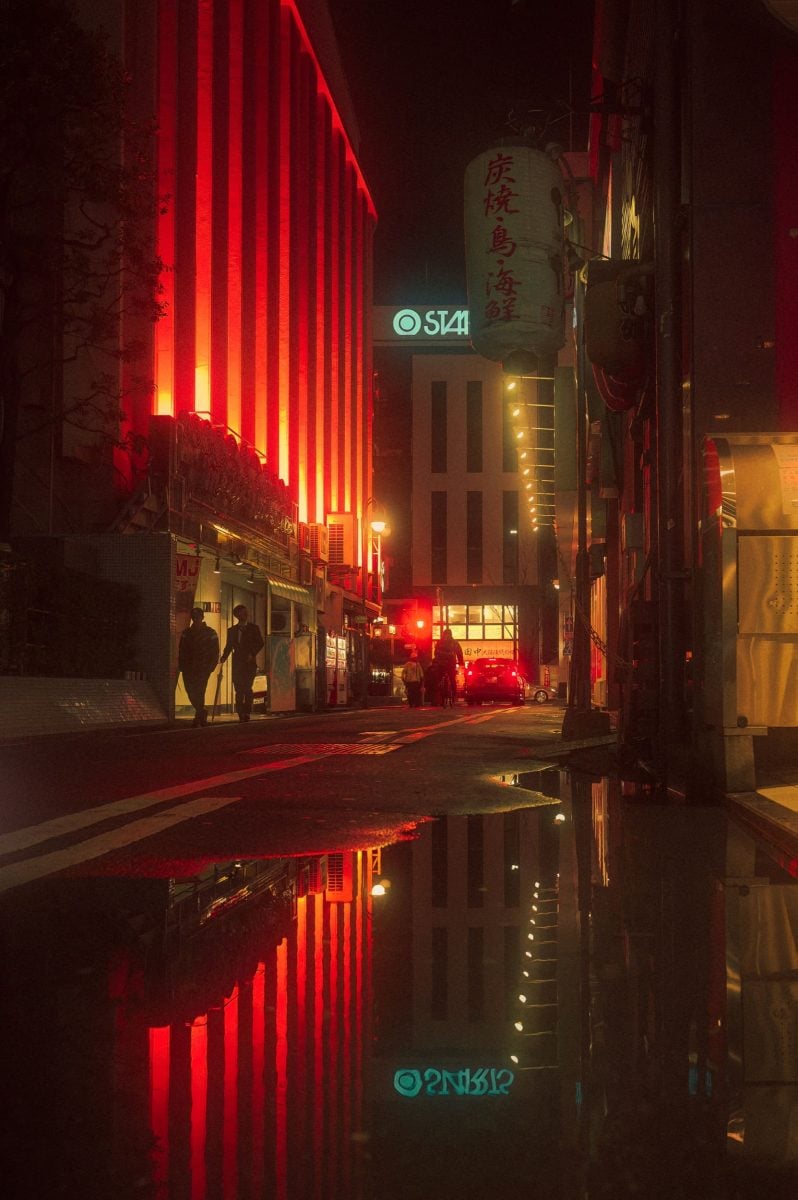
| **This website contains affiliate links. We will earn a small commission on purchases made through these links. Some of the links used in these articles will direct you to Amazon. As an Amazon Associate, I earn from qualifying purchases. |


